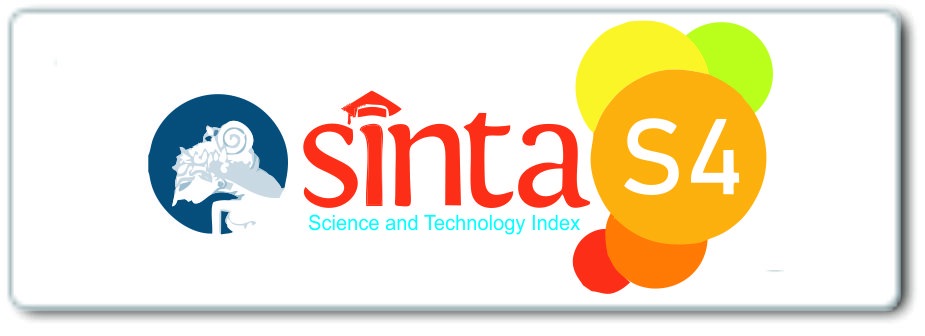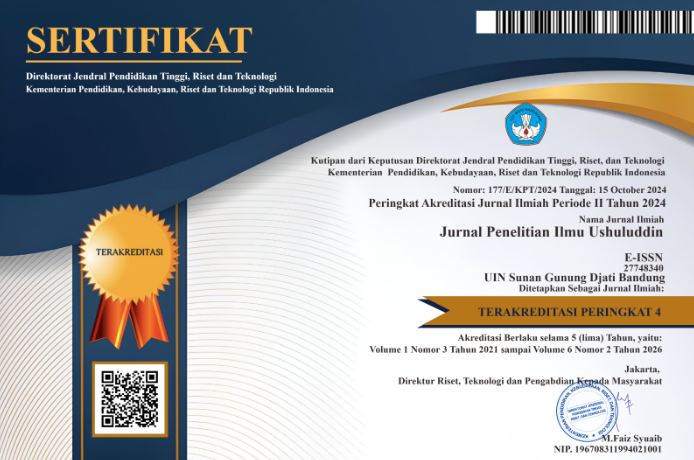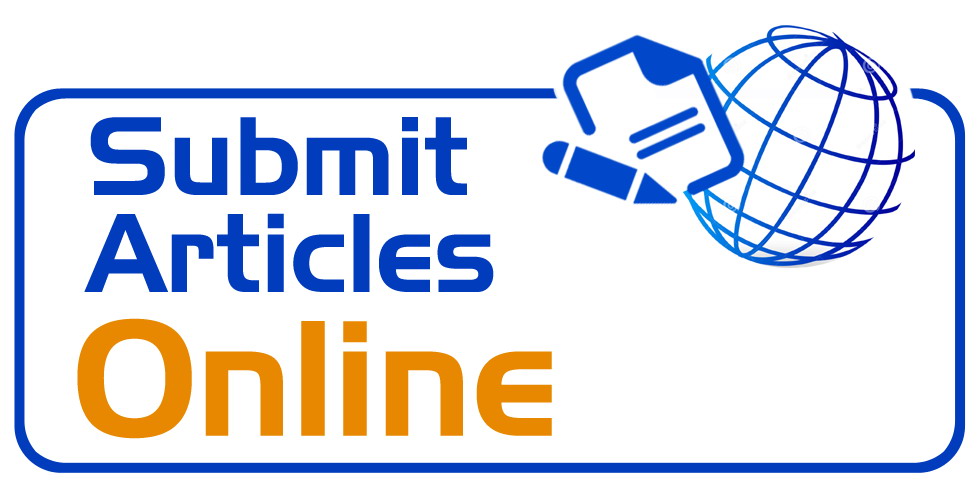Integration of Reading and New Literacies with Islamic Education
DOI:
https://doi.org/10.15575/jpiu.31717Keywords:
Integration, Islamic education, New literacies, ReadingAbstract
This review looks at how reading and new literacies are being integrated into Islamic education. It discusses the issues faced by educators and learners, assesses alternative approaches, and evaluates their compatibility with growing literacies and Islamic beliefs using case studies from "Literacy and Libraries: Learning from Case Studies". The review emphasizes the significance of a balanced literacy approach as well as the incorporation of digital and multimodal literacies. It emphasizes the significance of libraries in enhancing students' reading skills and equipping them for success in the modern world while respecting Islamic values. The findings provide important insights for supporting effective reading and new literacies integration within an Islamic educational framework.
References
Adams, M. J. (1994). Beginning to read: Thinking and learning about print.
Alkouatli, C. (2018). Pedagogies in becoming Muslim: Contemporary insights from Islamic traditions on teaching, learning, and developing. Religions, 9(11), 367.
Anzar, U. (2003). Islamic education: A brief history of madrassas with comments on curricula and current pedagogical practices. Paper for the University of Vermont, Environmental Programme, 55.
Ashraf, Z. (2023). Challenges and Possibilities in Teaching English in Islamic Schools.
August, D., & Shanahan, T. (2017). Developing literacy in second-language learners: Report of the National Literacy Panel on Language-Minority Children and Youth. Routledge.
Brooks, J. S., & Normore, A. H. (2010). Educational leadership and globalization: Literacy for a glocal perspective. Educational policy, 24(1), 52-82.
Caspe, M., & Lopez, M. E. (2018). Preparing the next generation of librarians for family and community engagement. Journal of Education for Library and Information Science, 59(4), 157-178.
Clinton-Lisell, V., Seipel, B., Gilpin, S., & Litzinger, C. (2023). Interactive features of e-texts’ effects on learning: A systematic review and meta-analysis. Interactive Learning Environments, 31(6), 3728-3743.
Cope, B., & Kalantzis, M. (Eds.). (2000). Multiliteracies: Literacy learning and the design of social futures. Psychology Press.
DeCandido, G. (2001). Literacy and libraries: Learning from case studies. American Library Association.
Duke, N. K., & Mesmer, H. A. E. (2019). Phonics faux pas: avoiding instructional missteps in teaching letter-sound relationships. American Educator, 42(4), 12-16.
Elhoshi, E. R. F., Embong, R., Bioumy, N., Abdullah, N. A., & Nawi, M. A. A. (2017). The role of teachers in infusing Islamic values and ethics. International Journal of Academic Research in Business and Social Sciences, 7(5), 426-436.
Eraku, S. S., Baruadi, M. K., Anantadjaya, S. P., Fadjarajani, S., Supriatna, U., & Arifin, A. (2023). Digital literacy and educators of Islamic education. Edukasi Islami: Jurnal Pendidikan Islam, 10(01), 569-576.
Falloon, G. (2020). From digital literacy to digital competence: the teacher digital competency (TDC) framework. Educational Technology Research and Development, 68, 2449-2472.
Faridi, A., & Bahri, S. (2016). Developing English Islamic narrative story reading model in Islamic junior high school. Arab World English Journal (AWEJ) Volume, 7.
Fedorenko, S. V. (2019). Experience of developing students’ multimodal literacy in the digital learning environment of higher education institutions. Інформаційні технології Ñ– заÑоби навчаннÑ, (69,â„– 1), 12-20.
Fuchs, D., & Fuchs, L. S. (2006). Introduction to response to intervention: What, why, and how valid is it?. Reading research quarterly, 41(1), 93-99.
Gay, G. (2018). Culturally responsive teaching: Theory, research, and practice. teachers college press.
Godhe, A. L. (2014). Creating and assessing multimodal texts. Negations at the boundary.
Gough, P. B., & Tunmer, W. E. (1986). Decoding, reading, and reading disability. Remedial and special education, 7(1), 6-10.
Halstead, J. M. (2007). Islamic values: a distinctive framework for moral education?. Journal of moral education, 36(3), 283-296.
Hardaker, G., & Sabki, A. A. (2018). Philosophy of Islam and Knowledge. In Pedagogy in Islamic Education (pp. 35-54). Emerald Publishing Limited.
Hoover, W. A., & Gough, P. B. (1990). The simple view of reading. Reading and writing, 2, 127-160.
Ilyas, H. (2015). Critical thinking: Its representation in Indonesian ELT textbooks and education (Doctoral dissertation, University of York).
Ismail, A., Hidajat, T., Dora, Y. M., Prasatia, F. E., & Pranadani, A. (2023). Leading the Digital Transformation: Evidence from Indonesia. Asadel Publisher.
Jaguszewski, J., & Williams, K. (2013). New roles for new times: Transforming liaison roles in research libraries.
Khalid, J., Ram, B. R., Soliman, M., Ali, A. J., Khaleel, M., & Islam, M. S. (2018). Promising digital university: A pivotal need for higher education transformation. International Journal of Management in Education, 12(3), 264-275.
Klauda, S. L., & Guthrie, J. T. (2008). Relationships of three components of reading fluency to reading comprehension. Journal of Educational psychology, 100(2), 310.
Kuhlthau, C. C. (2004). Seeking meaning: A process approach to library and information services (Vol. 2). Westport, CT: Libraries Unlimited.
Lahmar, F. (2020). Islamic education: An Islamic “wisdom-based cultural environment†in a western context. Religions, 11(8), 409.
Lance, K. C., & Hofschire, L. (2012). Change in School Librarian Staffing Linked with Change in CSAP Reading Performance, 2005 to 2011. A Closer Look. Library Research Service.
Leu, D. J., Kinzer, C. K., Coiro, J. L., & Cammack, D. W. (2004). Toward a theory of new literacies emerging from the Internet and other information and communication technologies. Theoretical models and processes of reading, 5(1), 1570-1613.
Linan-Thompson, S., & Vaughn, S. (2007). Based methods of reading instruction for English language learners, Grades K-4. Ascd.
Moats, L. C. (2000). Whole language lives on: The illusion of" balanced" reading instruction. DIANE Publishing.
National Reading Panel (US), National Institute of Child Health, & Human Development (US). (2000). Teaching children to read: An evidence-based assessment of the scientific research literature on reading and its implications for reading instruction: Reports of the subgroups. National Institute of Child Health and Human Development, National Institutes of Health.
Navarrete, J. C. (2019). Reading comprehension: Theories and strategies toward an effective reading instruction. Journal of Education and Practice, 10.
O'Halloran, K. L., Tan, S., & E, M. K. (2017). Multimodal analysis for critical thinking. Learning, Media and Technology, 42(2), 147-170.
Routman, R. (2023). Literacy essentials: Engagement, excellence and equity for all learners. Routledge.
Saepudin, A., Supriyadi, T., Surana, D., & Asikin, I. (2023). Strengthening Character Education: An Action Research in Forming Religious Moderation in Islamic Education. International Journal of Learning, Teaching and Educational Research, 22(12), 84-105.
Sahin, A. (2017). Religious literacy, interfaith learning and civic education in pluralistic societies: An Islamic educational perspective. In Interfaith education for all (pp. 45-53). Brill.
Sarker, M. F. H., Mahmud, R. A., Islam, M. S., & Islam, M. K. (2019). Use of e-learning at higher educational institutions in Bangladesh: Opportunities and challenges. Journal of Applied Research in Higher Education, 11(2), 210-223.
Shah, S. (2015). Education, leadership and Islam: Theories, discourses and practices from an Islamic perspective. Routledge.
Stanovich, K. E. (1980). Toward an interactive-compensatory model of individual differences in the development of reading fluency. Reading research quarterly, 32-71.
Stanovich, K. E. (2009). Matthew effects in reading: Some consequences of individual differences in the acquisition of literacy. Journal of education, 189(1-2), 23-55.
Sulisno, S., & Abdullah, A. (2019). Islamic Education and Community Empowerment. International Journal of Education and Learning, 1(2), 73-82.
Susilawati, S., Chakim, A., Hambali, M., Islamy, M. I., & Rahmaniah, A. (2021). The urgency of digital literacy for generation z in improving learning of islamic religious education. Library Philosophy and Practice, 2(7), 1-15.
Taufik, M. (2020). Strategic role of Islamic religious education in strengthening character education in the era of industrial revolution 4.0. Jurnal Ilmiah Islam Futura, 20(1), 86-104.
Tayeb, M. (1997). Islamic revival in Asia and human resource management. Employee relations, 19(4), 352-364.
Wai-Yip, H. (2008). Teaching Islam to educate multiethnic and multicultural literacy: Seeking alternative discourse and global pedagogies in the Chinese context. Asian Ethnicity, 9(2), 77-95.
Downloads
Published
Issue
Section
License
Authors who publish in Jurnal Penelitian Ilmu Ushuluddin agree to the following terms:
- Authors retain copyright and grant the journal right of first publication with the work simultaneously licensed under an Attribution-ShareAlike 4.0 International (CC BY-SA 4.0) License that allows others to share the work with an acknowledgment of the work's authorship and initial publication in this journal.
- Authors are able to enter into separate, additional contractual arrangements for the non-exclusive distribution of the journal's published version of the work (e.g., post it to an institutional repository or publish it in a book), with an acknowledgment of its initial publication in this journal.
- Authors are permitted and encouraged to post their work online (e.g., in institutional repositories or on their website) prior to and during the submission process, as it can lead to productive exchanges, as well as earlier and greater citation of published work (See The Effect of Open Access).












